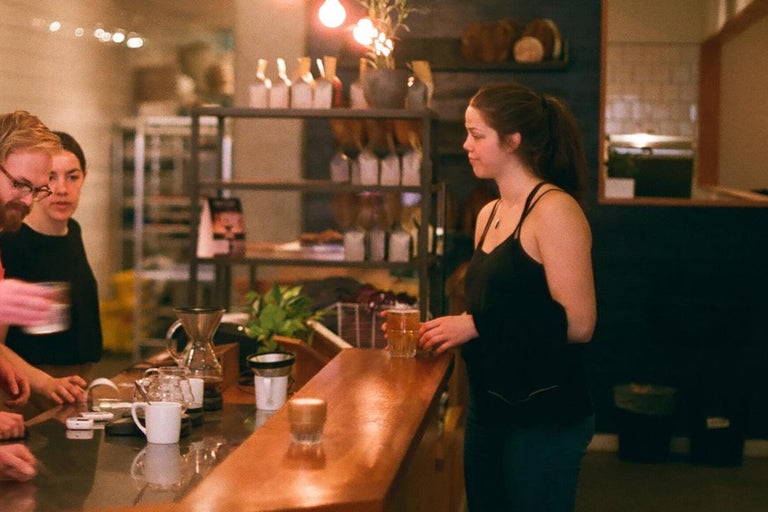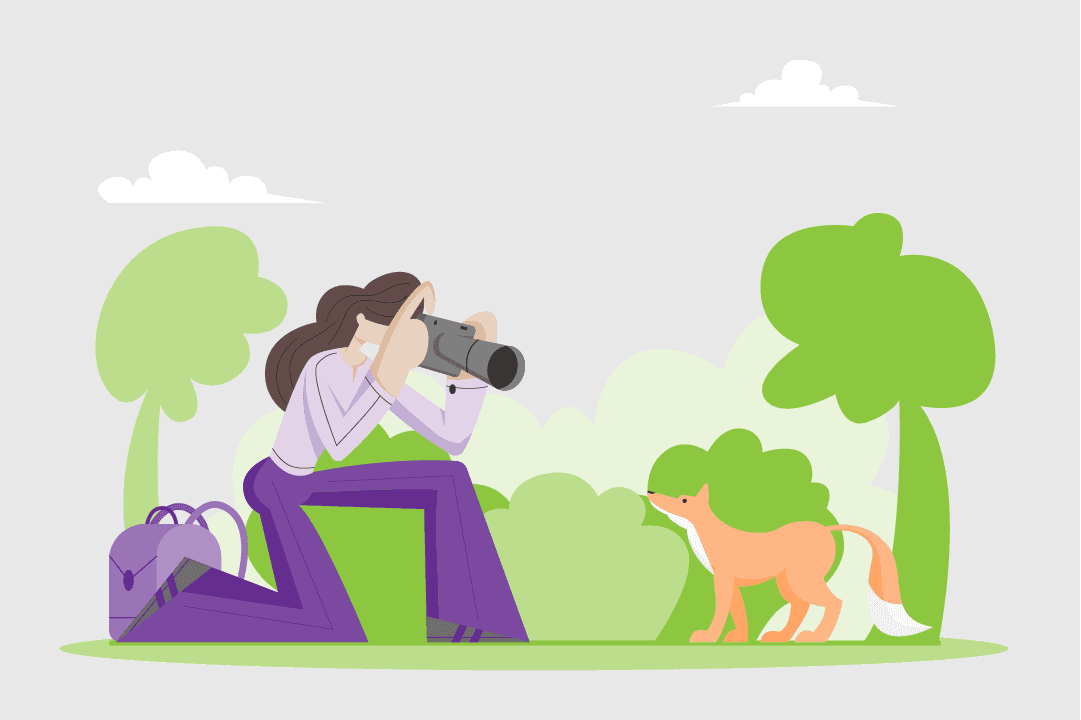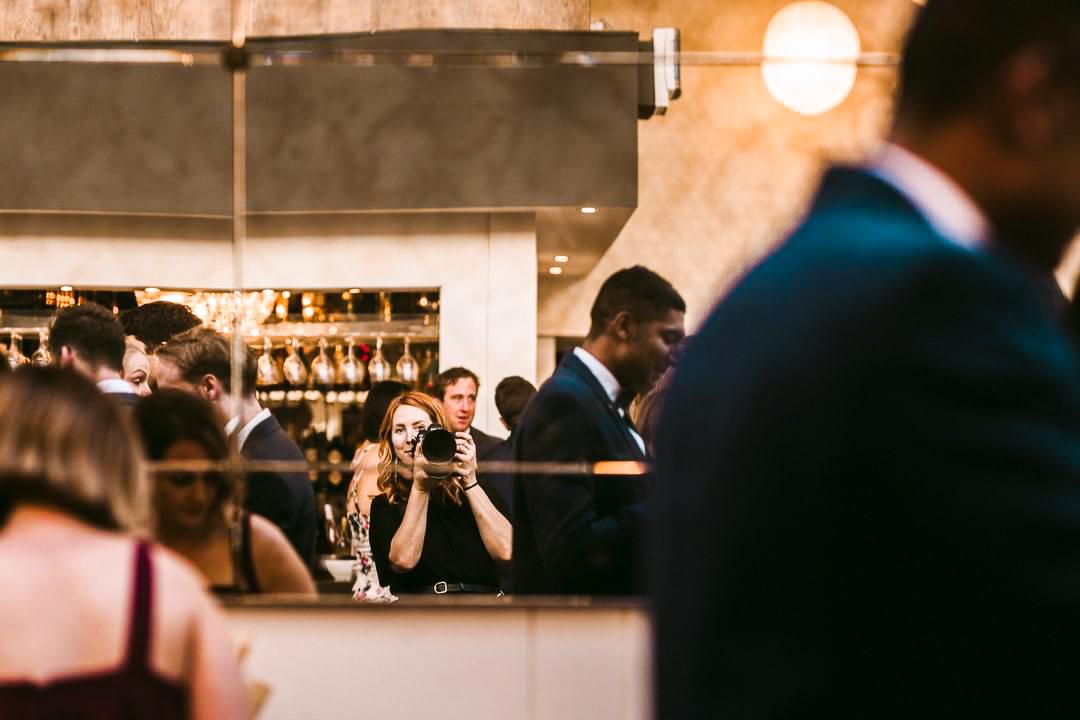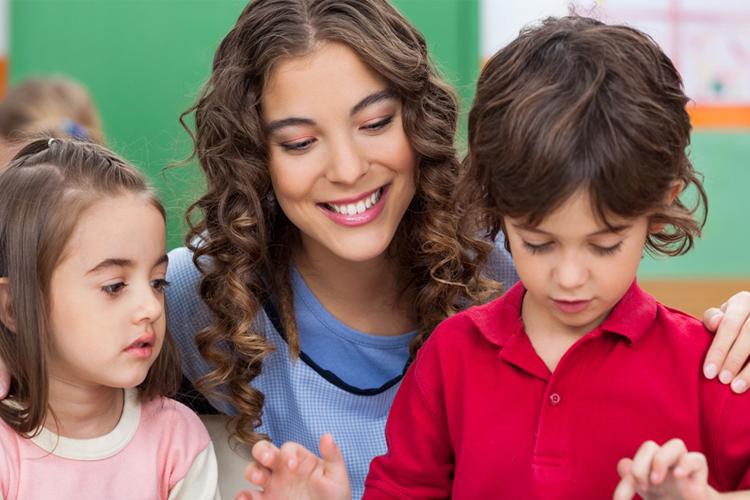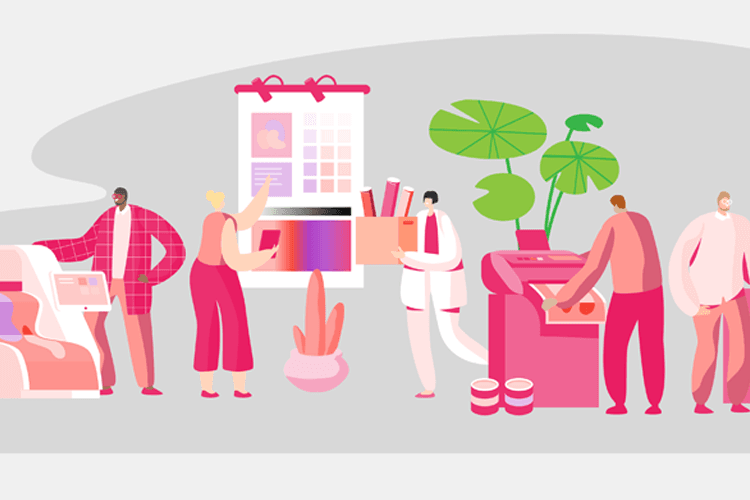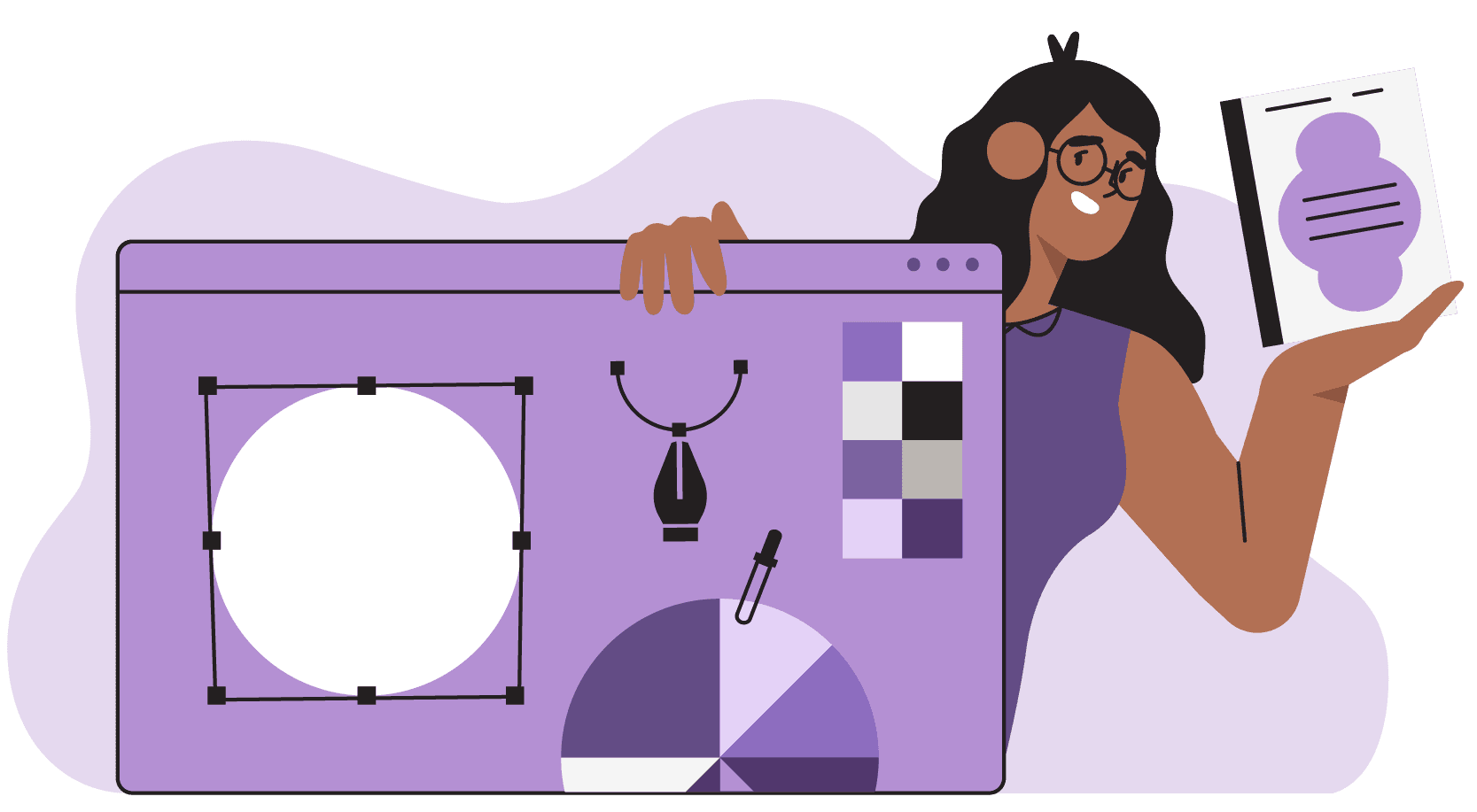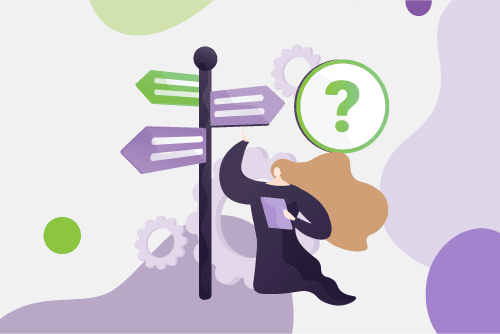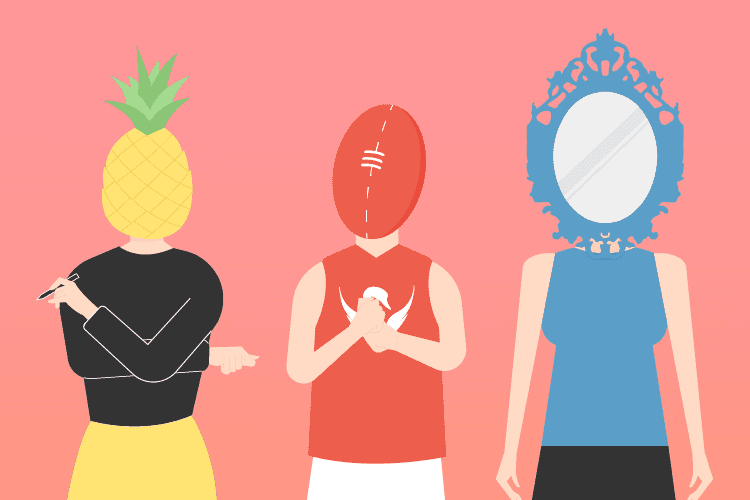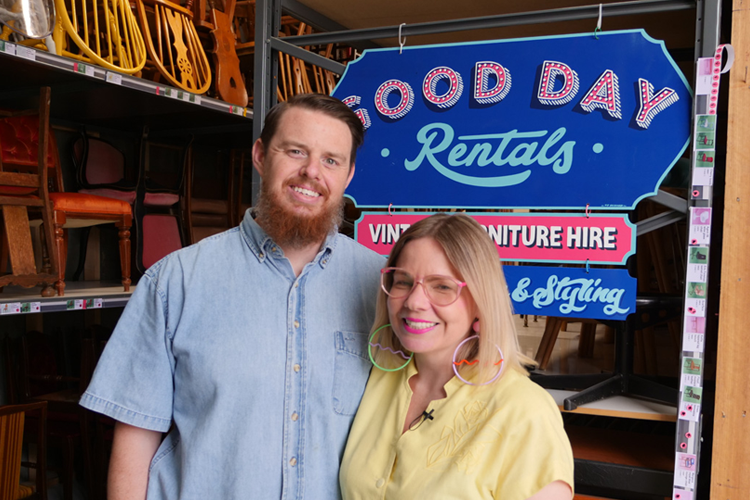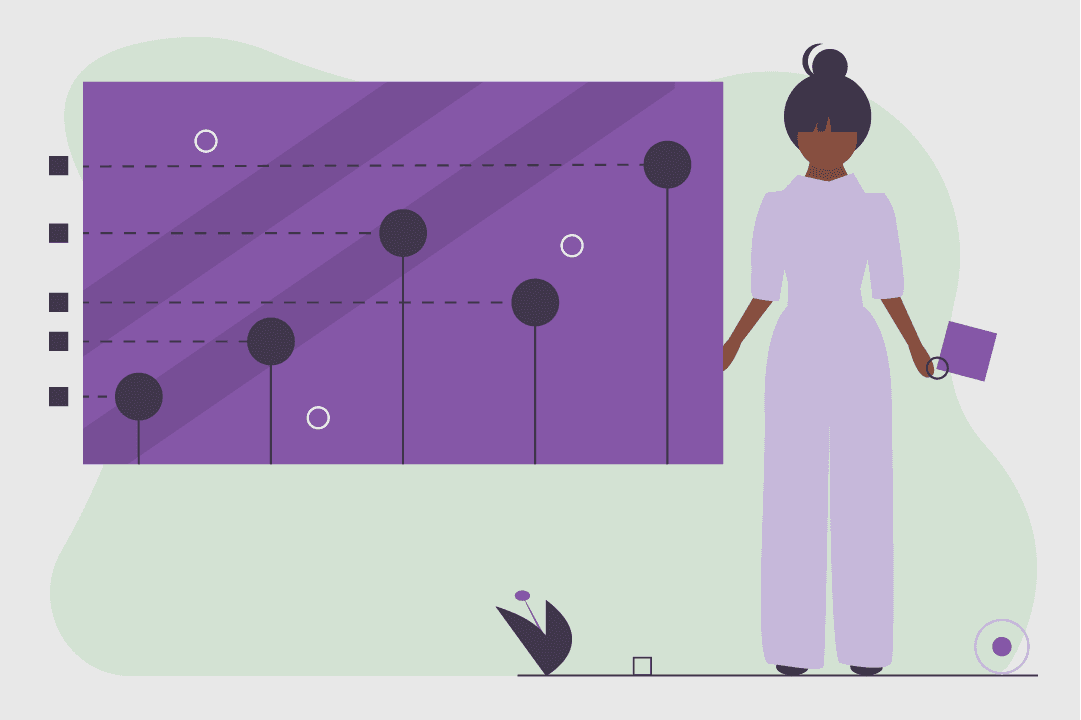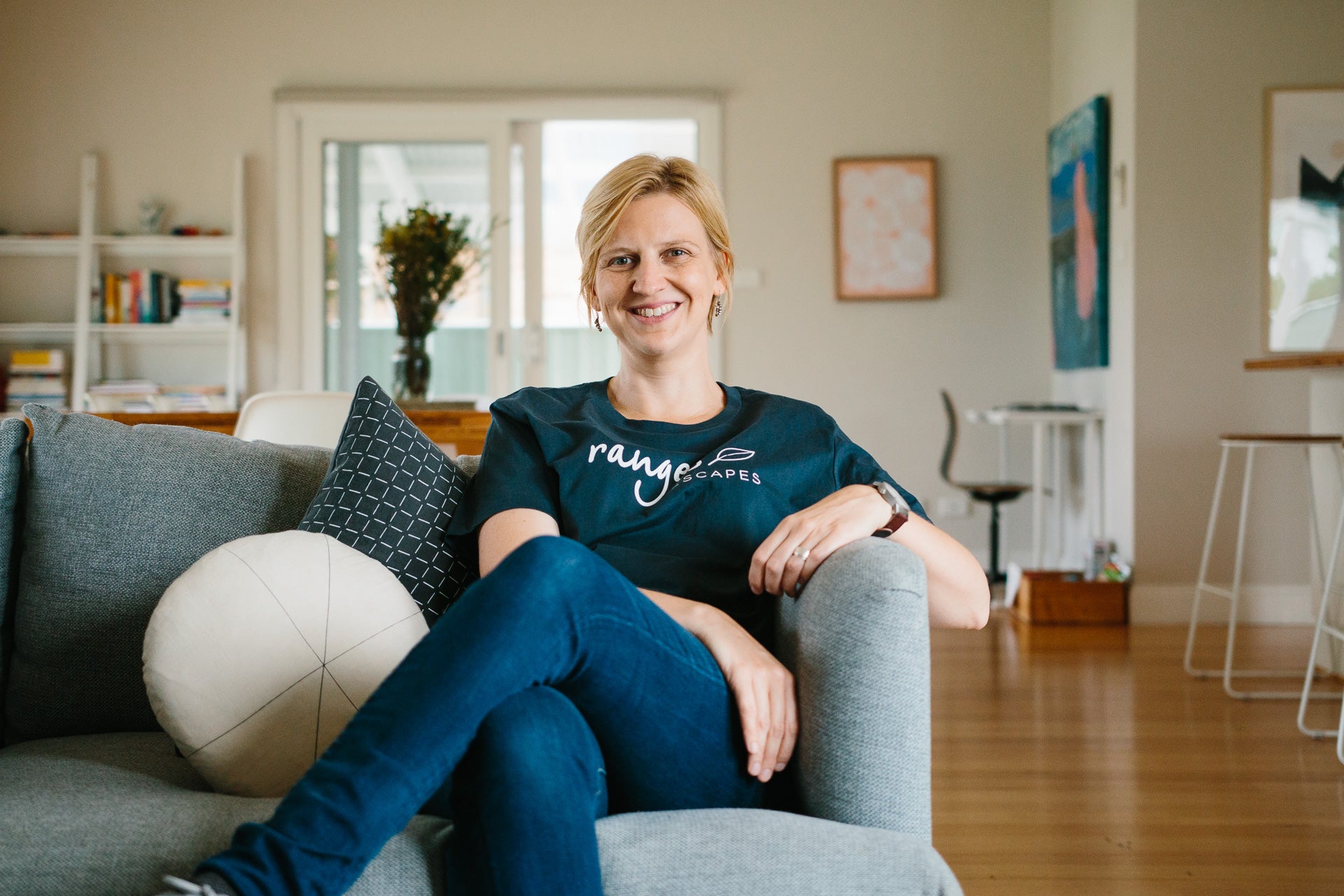Photographer job description
Let’s get real. Job information online can often be overly optimistic — conveniently glossing over the raw bits. But when you’re making decisions about your future, you need all the facts.
That’s why we anonymously surveyed photographers about their job, with hopes of getting an honest insight into what it’s really like.
While we did our best to ensure respondents were Australians and verified their job titles with proof of employment, we can’t guarantee complete accuracy — or that your experiences in the field will reflect theirs. So, we suggest that you take these insights as a guide only and try to talk to people in the field before making an important decision.
Tasks and responsibilities for a photographer
What does a photographer do? The day-to-day tasks and responsibilities of professional photography include:
- Meeting with clients to discuss their specifications and agree on a brief
- Taking pictures at photo shoots in line with client briefs
- Editing and retouching photographs using photo editing software in post-production
- Sending clients picture samples for purchase
- Promoting your photography business to potential clients; for example, through social media
How to become a photographer
-
Get experience
The best way to gain photography skills is by doing as much photography as possible. Review your photos to see what works and what doesn’t, and get feedback from friends, your family, or mentors. You may also find work experience through internships or as a photographer’s assistant.
-
Study
Although no formal qualifications are required to be a photographer, training is a great way to formalise and hone your skills. Your training will give you a useful overview of the fundamentals of photography.
-
Put together a portfolio
As you look for photography jobs, prospective clients and employers will want to see your photographic style and your technical capabilities. Pick out your best work to show them.
Pathway options
Before you head out on your own as a photographer, you could work as a photography assistant. This will allow you to learn the ropes and receive important mentorship for your career.
As you gain experience, you can enter specialised roles such as:
Junior
-
Portrait photographer
Most common qualification: Advanced Diploma of Photography (10999NAT)
Mid
-
Fashion photographer
Most common qualification: Advanced Diploma of Photography (10999NAT)
-
Photographer
Most common qualification: Advanced Diploma of Photography (10999NAT)
-
Photojournalist
Most common qualification: Advanced Diploma of Photography (10999NAT)
-
Sports Photographer
Most common qualification: Advanced Diploma of Photography (10999NAT)
-
Wedding photographer
Most common qualification: Advanced Diploma of Photography (10999NAT)
Explore related qualifications
Future photographers can find relevant TAFE qualifications throughout Australia. Delivery can be on-campus or online, or a mix of both. Courses cost different amounts depending on the area of study and whether you are eligible for Commonwealth government support.
Certificate III in Visual Arts (CUA31120)
This qualification will provide an overview of the visual arts in general, not just photography. It’ll help you build a visual arts portfolio and will prepare you to become an arts practitioner or assistant. This course typically takes six months of full-time study (or part-time equivalent) to complete.
Certificate IV in Photography and Photo Imaging (CUA41115)
This course will give you more specific skills in manual and digital photography. Areas of study include:
- responding to briefs
- colour theory, design
- lighting techniques
- capturing effective images
- photo manipulation
- photography history
- storing photographs
- occupational health and safety
The course will help you build a photography portfolio and prepare you to be a professional photographer. This course typically takes six months of full-time study (or part-time equivalent) to complete. You may be able to get credit for previous units you’ve done in the Certificate III, so it could take even less time.
Certificate IV in Photography and Digital Imaging (CUA41120)
This course is similar to the Certificate III, but allows you to broaden and deepen your knowledge. It will also give you further opportunities to take specialised, elective subjects that interest you. This course typically takes six months of full-time study (or part-time equivalent) to complete. You may be able to get credit for previous units you’ve done in the Certificate III, so it could take even less time.
Diploma of Photography and Digital Imaging (CUA50920)
This course goes even deeper than the Certificate IV. You’ll get a detailed understanding of photography techniques, theory, history, and specialisations relevant to you. You will be given plenty of opportunities to develop your photographic style and work on photographic projects. This course typically takes 12 months of full-time study (or part-time equivalent) to complete. You may be able to get credit for previous units you’ve done in the Certificate III or Certificate IV, so it could take as little as six months to upgrade your qualification.
Related subjects
If you’re interested in a career as a photographer, you may also be interested in:




